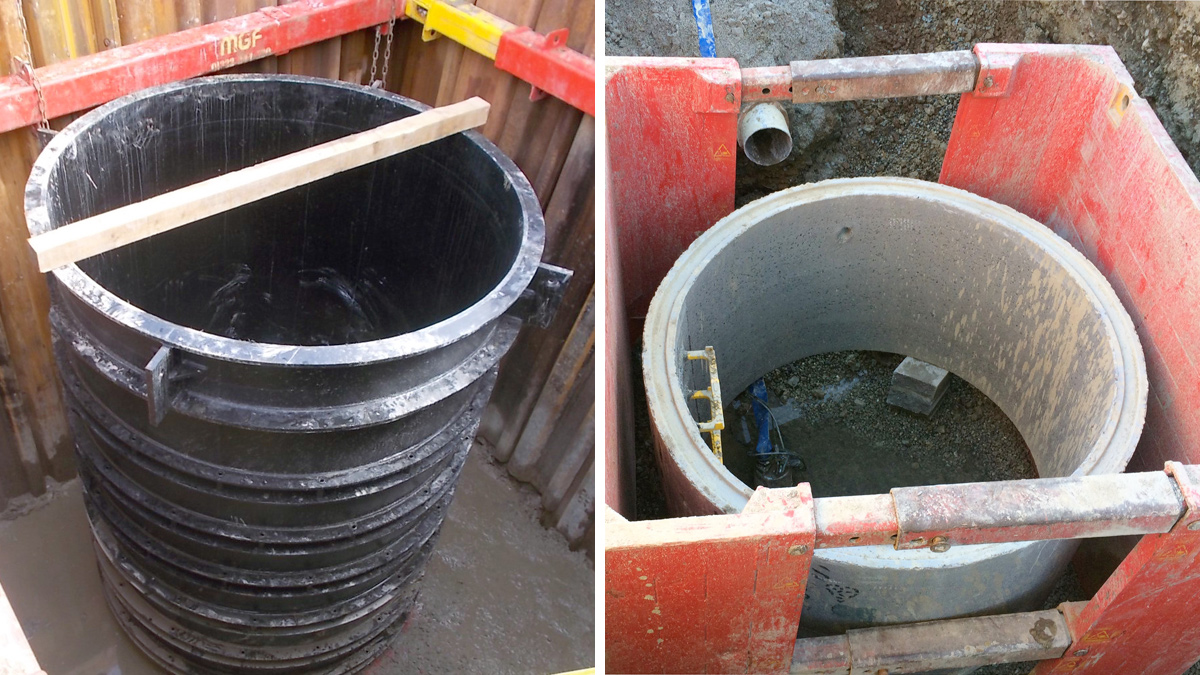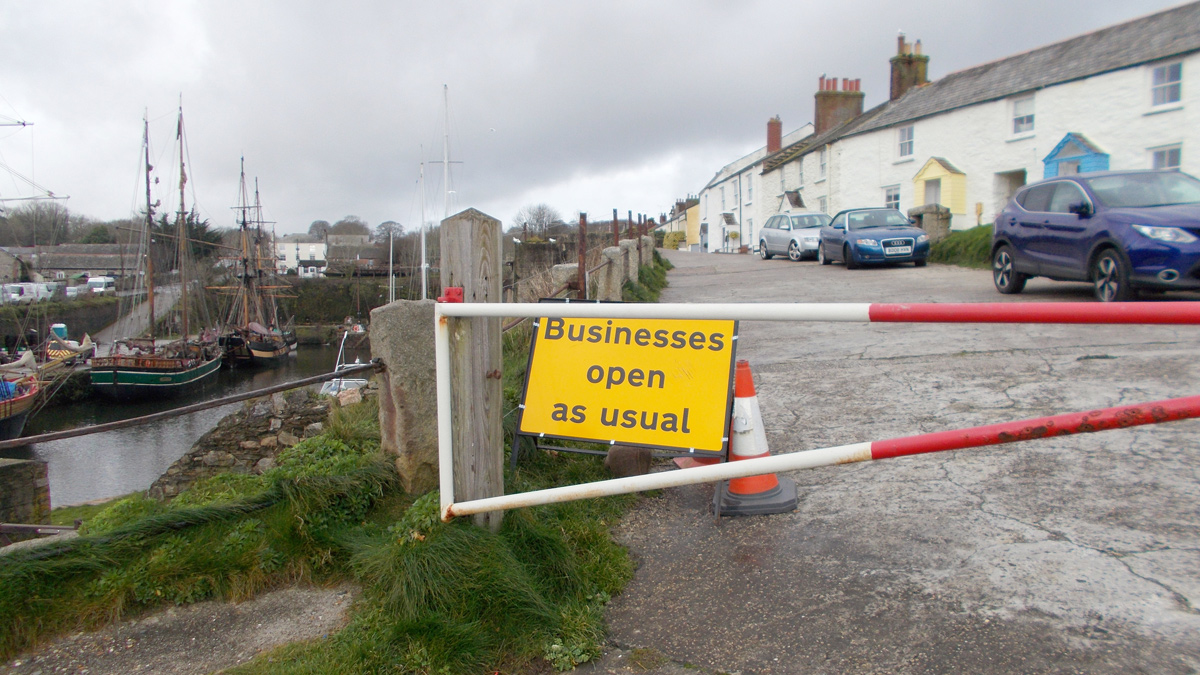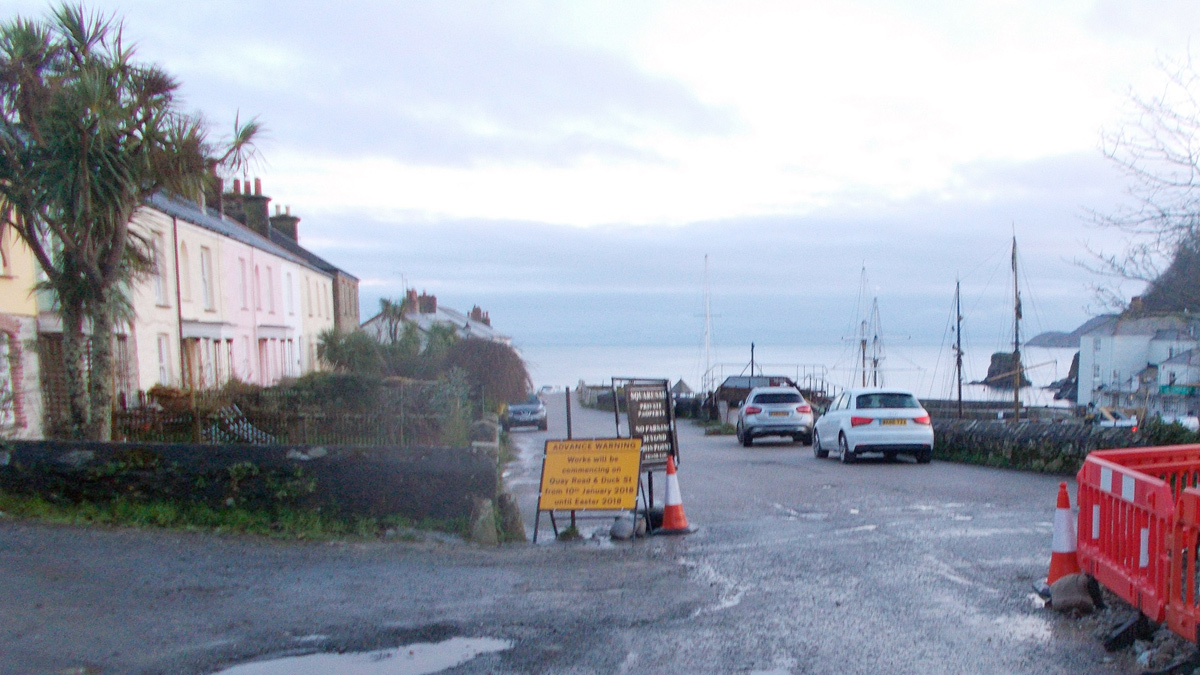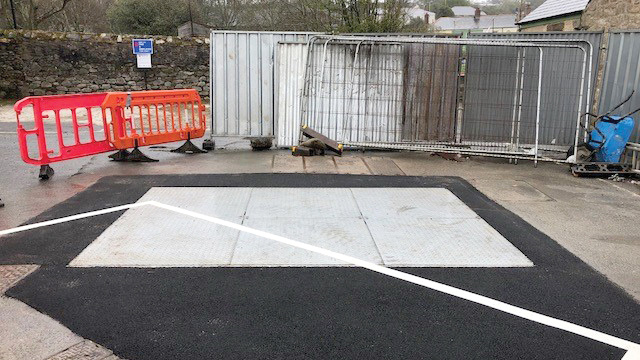Quay Road Charlestown DG5 Flooding Scheme (2019)

(left) Pipex px pumping station manhole chamber and (right) manhole construction on gravity sewer - Courtesy of R&M Utility & Civil Engineering Services
Situated on the outskirts of St Austell on the south coast of Cornwall, Charlestown Harbour is an unspoilt, original Grade II Listed Harbour. Used recently as a key location for the filming of the BBC’s remake of the 1970s hit series Poldark, it has also been used for Dr Who, Tim Burton’s Alice in Wonderland, and many other films and TV programmes. The harbour is the home port for a famous collection of old ships which are employed in film projects all over the world – they have brought work and life to the quays and harbour buildings and are a particular draw for visitors.
Flooding issues
The village had experienced flooding from the public sewer over several years. Following investigations and evaluations, including hydraulic modelling of the network, the primary cause was attributed to the height of the overflow at a downstream pumping station and was exacerbated by blinding of a static screen installed at the Charlestown Sewage Pumping Station CSO.
An additional scheme to remove a recently transferred pumping station and replace with a gravity solution was appended to the scheme to minimise disruption in the village. Given the location, resolving the flooding was critical and but it needed to be done sensitively and with consideration to a number of stakeholders.
Undertakings
R&M Utility & Civil Engineering Services (R&M) was engaged as principal contractor by South West Water under a build only contract while AECOM had the role of principal designer. There were several elements to the scheme requiring both civils and MEICA activity with the latter being provided by Tecker Ltd.
Pumping station
To reduce repeat external flooding in the Quay Road area a pumping station was designed to isolate part of the network prone to sewage spills during flood conditions, with flows running under gravity during normal conditions.
Consisting of a 4.5m deep, 2.1m diameter Pipex px chamber, the pumping station was constructed on the existing gravity sewer in the highway. Pre-construction surveys had identified the potential for excavation into rock and with a brick retaining wall, the quay wall and buildings in close proximity there was a requirement for the design and installation of temporary works.
Gravity flow is limited by an actuated penstock which is controlled by an ultrasonic sensor located in a downstream manhole. With a design pass forward flow of 45 l/sec, in flood conditions, the closure of the penstock utilises the storage in the pumping station before being pumped using a duty only pump rated at 19.9 l/sec at 3.96m.

View of Quay Road – Courtesy of R&M Utility & Civil Engineering Services
Control cabinet
The control cabinet is located adjacent to the quay wall. On the highway side, the wall is approximately 1.5m high but is 10m high quayside and so a condition survey was completed. As the quay and roadways is a historic area and have a number of designations protecting them a planning specialist was consulted on this scheme. It was confirmed that the kiosk could be erected under permitted development powers, but it was agreed that it should be coloured matt black to lower its visual impact.
Working on a private no through road which provides access to a number of properties could have caused a public relations headache, but open dialogue with the local community, including letter drops and face to face communication, ensured that the works were completed with as little disruption as possible.
Screening chamber at Charlestown SPS
Worsening the problems experienced on Quay Road, the blinding of the screen and frequent operation of the screen relief weir was also a burden to the local operations teams. Improving performance of this overflow was achieved by modifying of the screening chamber at Charlestown SPS and the installation of a mechanically raked screen.
Located in a privately-owned public car park, the potential for further disruption for the local community was high as several spaces were within the working area. This was avoided by working closely with the car park owner and ensuring the work was programmed effectively.
The existing screening chamber cover had to be broken out to facilitate the removal of the static screen. Modifications to the chamber were required to allow the installation of a new 6mm aperture, 180° Mecmex screen from Eliquo Hydrok Ltd to screen flows up to 680 l/sec.

View of Quay Road – Courtesy of R&M Utility & Civil Engineering Services
Duck Street SPS
The final element of the scheme saw the removal of a previously private sewage pumping station (transferred to the water company as part of the transfer of private sewers) which was replaced with a gravity solution.
The existing Duck Street SPS pumps and guide rails were removed and the chamber part filled with mass concrete and re-benched, reducing the depth to 1.8m. The rising main and ducts were grouted up and the control kiosk, which was located within a property, was removed.
Two new 1.2m diameter chambers were constructed at depths of approximately 2m and 38m of 150mm combined sewer was laid to connect into an existing manhole via an existing internal backdrop.
A Maltese cross was added to the existing manhole to ensure future maintenance could be carried out safely and effectively without causing damage to the asset.

New covers on CSO Chamber – Courtesy of R&M Utility & Civil Engineering Services
Summary
This scheme, valued at approximately £250K required considerable planning and liaison to minimise the disruption in the popular village of Charlestown. It was not without issues but through the close working relationship with the local community, the team ensured the success of the project and has provided resilience to the sewerage network for the future.





